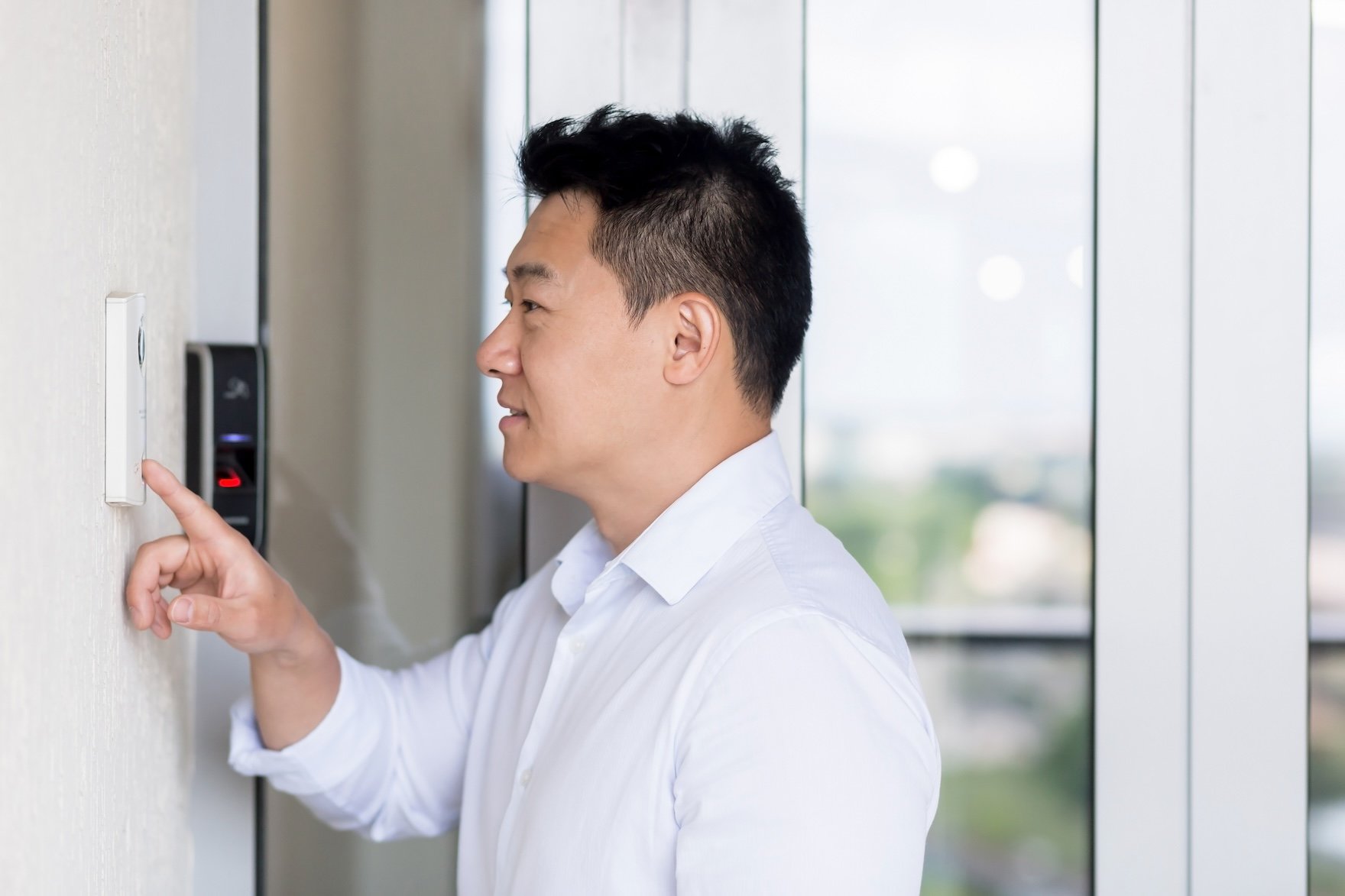The term “Golden Age” is defined as “a period considered the peak in the history of a country or people, or a time when the greatest achievements are made.” That definition certainly pertains to the residential security industry right now. The consumer desire to embrace security solutions in their homes has migrated to the same level as their appetite for entertainment amenities such as high-quality multiroom audio and superb video. Indeed, it’s a good reason why integrators should consider showcasing their security systems offering as the first category in their proposals to customers.
The once-niche electronic security industry has seen demand rise rapidly and unabated. And the momentum does not appear to be slowing down at all. A little more than a decade ago, video surveillance in residential applications accounted for less than 2% of all CCTV installations, according to Security Sales & Integration.
Today, the penetration numbers for security are staggering. According to data from SafeHome and Parks Associates, out of the 131 million total U.S. households:
- 5 million households have at least one security device (72%).
- 51 million households have video surveillance systems (39%).
- 5 million households have a video doorbell (37%) – up from just 4% back in 2017.
- 56 million households have a monitored alarm system (that was not necessarily professionally installed) (43%)
For decades, home security was isolated to particular groups… affluent homeowners in particular neighborhoods, consumers who had been victims of a previous break-in or had a crime occur nearby, and generally anxious consumers concerned about safeguarding themselves. Security, unlike entertainment and automation systems, was seen as a “necessary evil” for many clients. Meaning they didn’t have a strong impassioned “desire” to get a security system, but they got a security system because it provided a modicum of peace of mind.
Part of the drive that feeds the security industry is a psychological “fear factor.” When the now-constant news cycle is awash with images of violent crime being driven by the “breakdown of society,” it makes people more fearful and protective. There is a conflicting debate as to whether crime is actually up or down. According to the FBI crime statistics, violent crimes have declined slightly by 1.7%, but according to the Bureau of Justice Statistics National Crime Victimization Survey, violent crime was up a whopping 44% in 2023. And while that psychological fear factor demand for security has become enhanced, at the same time there is a “cool factor” that has taken hold regarding security.
Video Doorbells Can Be a Strong Sales Tool
Many security solutions today are mainstream “desires” driven primarily by technology advancements, primarily in video surveillance. It has a popularity that did not exist before, taking from “necessary evil” to “cool factor.” Having a video doorbell today is like having a home answering machine or a microwave oven… everybody’s got to get one. Soon, homeowners will be shaking their collective heads at their neighbors who don’t have one yet.
An experience several years ago solidified for me how integral security solutions have become to smart home sales. I was visiting a new smart home community in Austin, Texas, by prominent nationwide homebuilder Taylor Morrison. The model home tour conducted by the salesperson started outside the front door with the video doorbell. That’s right… the very first amenity demonstrated for buyers was the security surveillance and access control solution.
From there, the prospective buyers are immediately taken into the home’s main control panel located near the kitchen. At the touchpanel, the salesperson demos how to access and watch the video doorbell video images and unlock the deadbolt on the front door to permit entry if appropriate. But it doesn’t end there… the demonstration then quickly pivots to showcase the how from the main touchpanel the homeowner can control the multiroom audio, lighting, thermostats and other functions.
Literally, the video doorbell/surveillance/access control solution changed the way the builder showcased its home. Using a “security-first” approach, the builder elevated home technology to the forefront of the amenities shown to prospective buyers... before the kitchen cabinets and countertops, flooring, tile, etc. That’s how important security has become and how it is closely linked to every technology solution that smart-home integrators install today.
In D-Tools, users have the option of dividing their proposals up by room, or by system. If you utilize the by-system approach, you might consider elevating security as the first system shown in your proposal template. Then gauge the close rate and the value engineering percentage. The demand for security could just make a big difference.
Oh… and by the way… it doesn’t hurt that security installations can boost your labor profitability and generate recurring monthly revenue (RMR) for your company. It is the Golden Age indeed!


